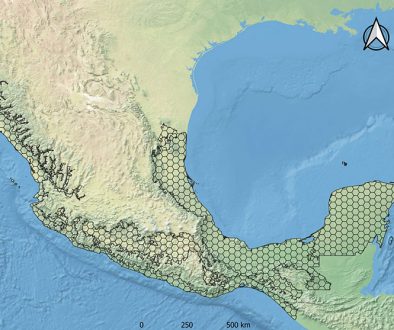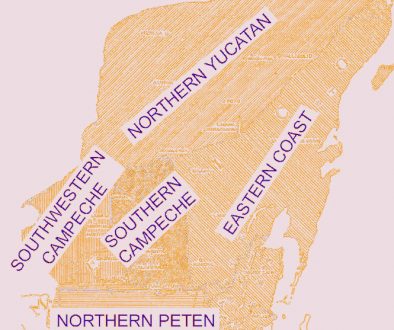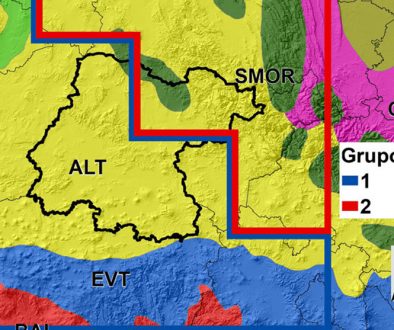Potential distribution of native freshwater fish in Tabasco, Mexico
Paula Andrea Castillo-Torres, Enrique Martínez-Meyer, Fernando Cordova Tapia, Luis Zambrano
Abstract
The distribution patterns of the freshwater fish within Tabasco wetlands have not being yet studied at a regional scale. We implemented anecological niche modeling approach to: 1) identify the potential richness distribution patterns of native fish; 2) evaluate the relative importance ofclimatic and topographic variables in fish distribution, and 3) analyze if the natural protected areas correspond to areas with higher potential speciesrichness. We used occurrence records of 41 native fish species and 22 interpolated surfaces that represent topographic features and annual, seasonaland extreme trends of temperature and precipitation to generate niche-based potential geographic distribution maps using the GARP and MaxEntalgorithms. Our results show that habitat affinities can be detected at the regional scale using macro-climatic and topographic variables. Despitethe apparent evenness of the system, species’ distributions were not homogenous at the regional scale. The classification tree analysis showed thatthe mean temperature of the driest quarter was the most influential variable for clustering species. We found that areas with the highest potentialspecies richness are not included in the natural protected areas network. This information can be used for the development of new and better nativefish conservation strategies, like expanding the current ones or establishing new natural protected areas.
© 2017 Universidad Nacional Autónoma de México, Instituto de Biología. This is an open access article under the CC BY-NC-ND license
Keywords:
Ecological niche modeling; Gulf of Mexico; Species richness; Natural protected areas; GARP; MaxEn
Distribución potencial de los peces nativos de agua dulce de Tabasco, México
Resumen
Los patrones de distribución de los peces dulceacuícolas de los humedales de Tabasco no han sido estudiados a escala regional. En este estudio,obtuvimos modelos de nicho ecológico para: 1) identificar los patrones de distribución potencial de riqueza de peces nativos; 2) evaluar la importanciarelativa de las variables climáticas y topográficas en su distribución y 3) analizar si las áreas naturales protegidas coinciden con las áreas de mayorriqueza potencial. Utilizamos registros de presencia de 41 especies de peces nativos y 22 superficies interpoladas que representan las característicastopográficas y las tendencias anuales, estacionales y extremas de temperatura y precipitación para generar mapas de distribución potencial basadosen los algoritmos GARP y MaxEnt. Nuestros resultados muestran que las afinidades de hábitat pueden ser detectadas a escala regional utilizandovariables macroclimáticas y topográficas. A pesar de la aparente uniformidad del sistema, la distribución de especies no fue homogénea a escalaregional. El análisis de árbol mostró que la temperatura media del trimestre más seco es la variable más influyente en el agrupamiento de especies.Además, las áreas con mayor riqueza potencial no están incluidas en la red de áreas naturales protegidas. Esta información puede utilizarse paradesarrollar nuevas y mejores estrategias de conservación de peces, como la ampliación o el establecimiento de nuevas áreas naturales protegidas.
© 2017 Universidad Nacional Autónoma de México, Instituto de Biología. Este es un artículo Open Access bajo la licencia CC BY-NC-ND
Palabras clave:
Modelos de nicho ecológico; Golfo de México; Riqueza de especies; Áreas naturales protegidas; GARP; MaxEnt



